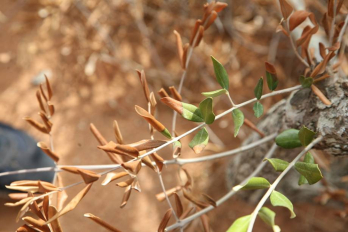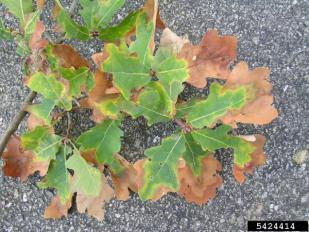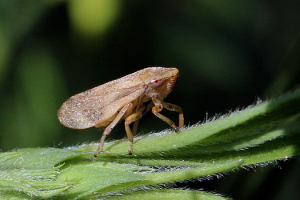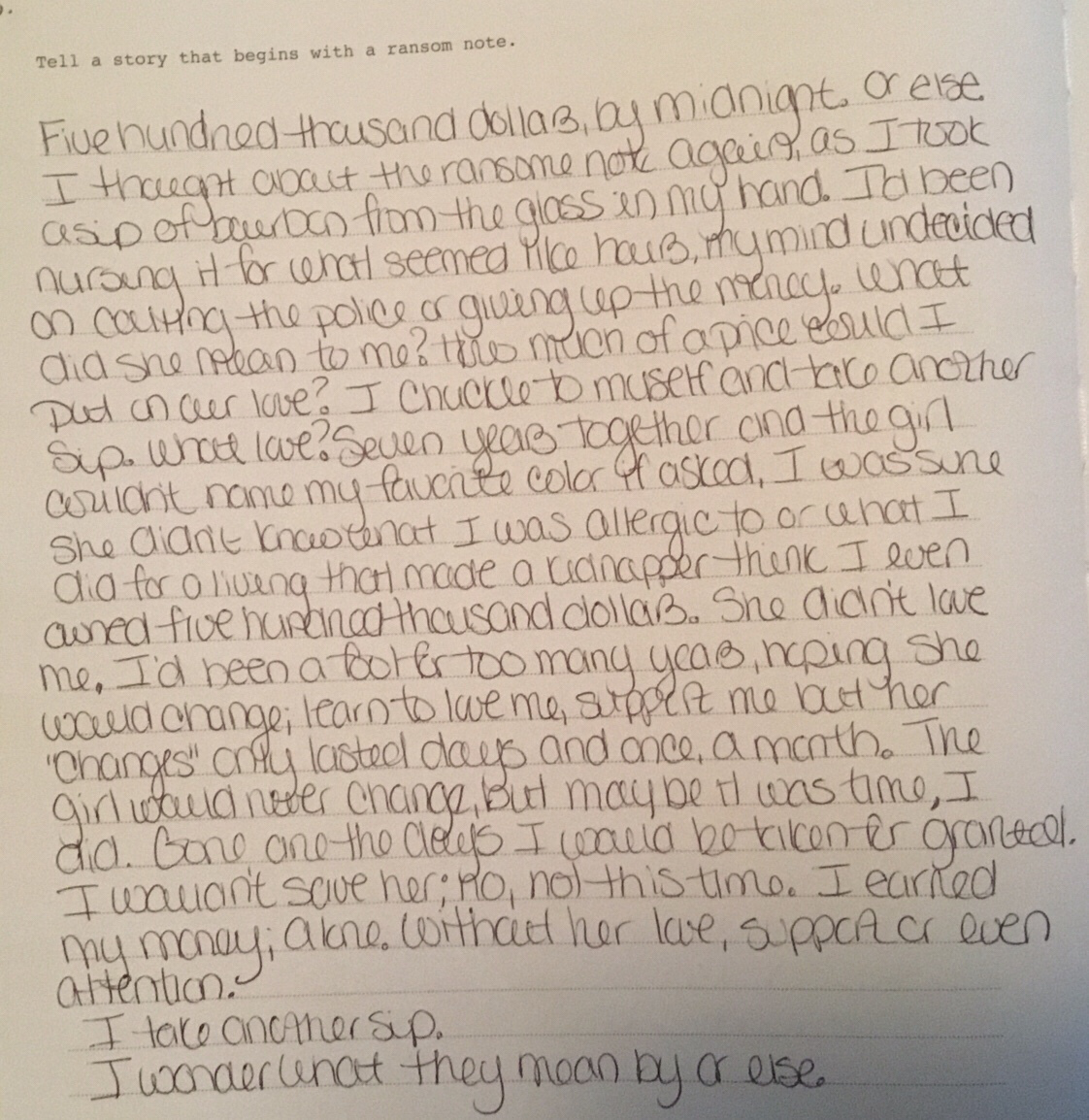Plant pests and diseases are often sore points for gardeners, as invariably each season brings a new threat to our prized plants. However small outbreaks of pests are best left for the birds to find and eat their way through. Each month we bring you updates and advice on what may be causing you problems, and how best to deal with it. If you have any plant problems that you would like to know about, please contact us and we will endeavour to answer it in the next blog in this series.
XylellaThis month we focus on a new and rather serious threat to UK plants; the bacterial disease Xylella. It has spread with worrying speed across Europe, but has yet to reach our shores.
Xylella (Xylella fastidiosa) was first found in Europe in 2013, killing many thousands of olive trees in Puglia, Italy. Since then it has been found in France, Spain, the Balearic Islands and Germany on numerous ornamental plants and trees. Xylella can affect at least 359 species across 75 different families, including many herbaceous plants and trees we commonly grow in gardens such as hebe, lavender, rosemary, oak, cherry, almond, ivy and floribunda roses.
 olive dieback. Image courtesy of EFSA
olive dieback. Image courtesy of EFSA  oak scorch. Image courtesy of DEFRA
oak scorch. Image courtesy of DEFRA
The UK horticulture industry is on high alert to try and prevent this disease from coming to our shores, and we need to be ready to respond promptly if it does arrive.
Xylella is a bacterium that infects and clogs up the water conducting vessels (xylem) of plants, affecting the plant’s ability to adequately distribute water to its cells, leaves and stems. This can lead to symptoms including leaf scorch, wilt, die back, and plant death, which can occur quickly. Unfortunately these symptoms are not unique to Xylella and are easily confused with other diseases, or environmental causes of plant stress, and some plants are asymptomatic making them even harder to detect. Xylella can only therefore be confirmed by lab testing, including plants known to be susceptible and sourced from disease affected areas.

Cross section of a stem. Image courtesy of http://www.bio.miami.edu/dana/dox/stem.html
Xylella is spread between plants by water vessel feeding insects such as common froghoppers and leaf hoppers. Although insects spread the disease locally between plants, and can move within a radius of 100m from the plant, long distance movement of plants via trade is the main threat, especially for the UK as an island.

Image courtesy of http://schaechter.asmblog.org/schaechter/2017/07/lets-get-ready-xylella-has-arrived-to-europe.html
The UK government and horticulture industry are working hard to keep the disease out, and there are numerous measures and agreements between government and industry in place both to prevent the importation of plants from infected areas, and a highly planned and advanced response if it is discovered in the UK. As home gardeners, we can ask questions about the origins of the plants that we buy, and where possible opt for UK grown plants in preference to imported plants.
Advertisements Share this:




